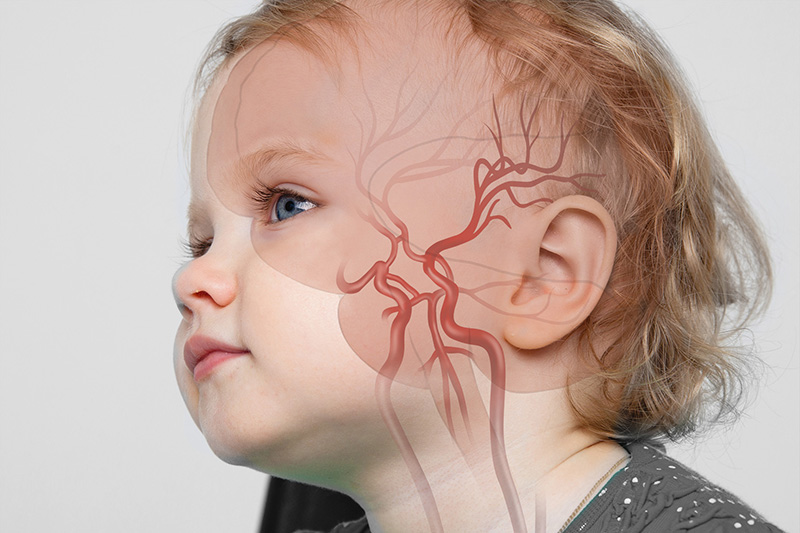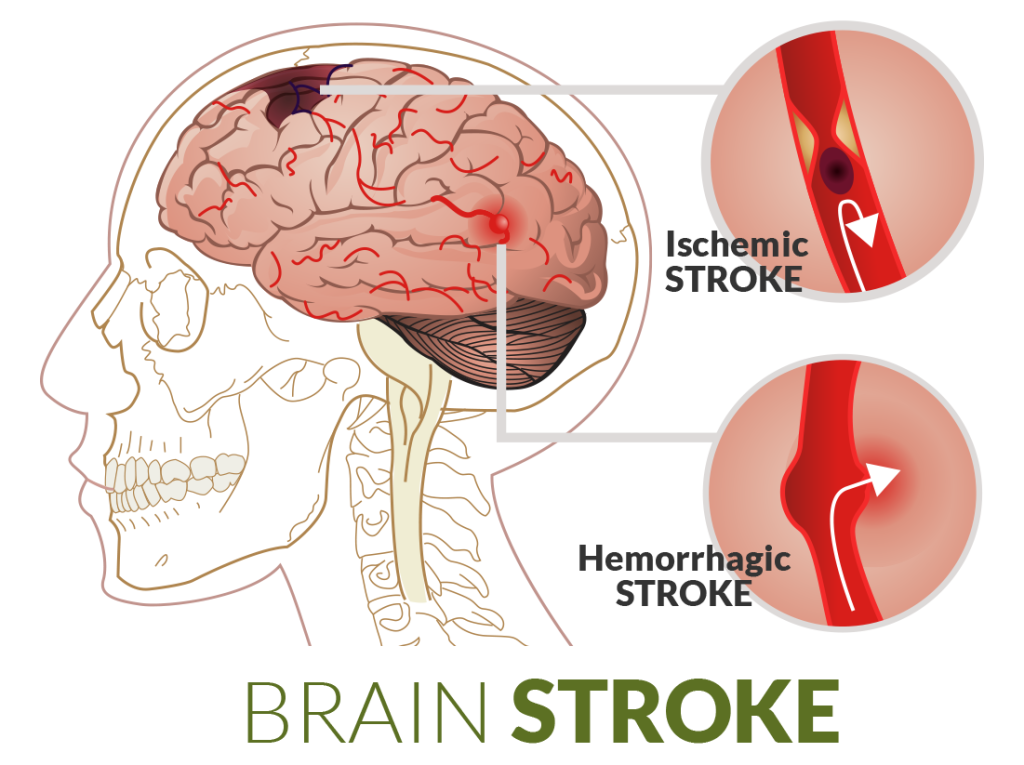Stroke: Understanding This Medical Emergency

A stroke is a medical emergency that occurs when blood flow to the brain is disrupted, resulting in damage to brain cells. It is a leading cause of disability and can be life-threatening if not treated promptly. In this blog post, we will explore the intricacies of strokes, including their causes, warning signs, risk factors, and the importance of immediate medical intervention.
What is a Stroke?
A stroke, also known as a cerebrovascular accident (CVA), happens when the blood supply to the brain is interrupted or reduced. There are two main types of strokes: ischemic stroke and hemorrhagic stroke.
- Ischemic Stroke: This type of stroke occurs when a blood clot blocks a blood vessel, cutting off the blood supply to a specific area of the brain. Without oxygen and nutrients, brain cells in that region begin to die.
- Hemorrhagic Stroke: This type of stroke is caused by bleeding in or around the brain. It can result from a ruptured blood vessel or aneurysm. The bleeding puts pressure on brain tissue, leading to damage.
Causes and Risk Factors
Several factors contribute to the development of strokes. Understanding these causes and risk factors can help individuals take preventive measures and reduce their risk of experiencing a stroke.
- Atherosclerosis: The buildup of fatty deposits, called plaques, in the arteries can narrow and harden them over time. This condition, known as atherosclerosis, can increase the risk of stroke by reducing blood flow or causing the formation of blood clots.
- High Blood Pressure: Uncontrolled hypertension is a significant risk factor for strokes. High blood pressure can damage blood vessels, making them more susceptible to blockages or ruptures.
- Diabetes: Individuals with diabetes have an increased risk of developing cardiovascular problems, including strokes. High blood sugar levels can damage blood vessels, leading to blockages or vessel rupture.
- Smoking and Tobacco Use: Tobacco use, including smoking cigarettes or cigars, significantly raises the risk of strokes. The chemicals in tobacco can damage blood vessels, promote clot formation, and contribute to atherosclerosis.
- Family History and Genetics: Having a family history of strokes or certain genetic conditions can predispose individuals to an increased risk. Genetic factors can influence blood clotting tendencies or the structural integrity of blood vessels.
Warning Signs and Symptoms

Recognizing the warning signs and symptoms of a stroke is crucial for early intervention and treatment. The acronym FAST can help individuals identify and respond quickly to a potential stroke:
– Face: Sudden drooping or numbness on one side of the face.
– Arms: Weakness or numbness in one arm or leg, often on one side of the body.
– Speech: Slurred speech or difficulty speaking or understanding words.
– Time: Time is of the essence. If you or someone around you experiences any of these symptoms, call emergency services immediately.
Other common symptoms of a stroke may include a severe headache, dizziness, confusion, difficulty walking or maintaining balance, and vision problems.
Responding to a Stroke
In the event of a stroke, time is critical. Every minute counts in preserving brain function and minimizing long-term disability. If you suspect someone is having a stroke, follow these steps:
- Call Emergency Services: Dial emergency services immediately and explain the situation, providing any relevant information about the person’s symptoms and condition.
- Stay with the Person: Offer reassurance and support while waiting for medical help to arrive. Keep the person calm and comfortable.
- Do Not Offer Food or Drink: It is important to avoid giving the person anything to eat or drink, as they may have difficulty swallowing or could choke.
- Note the Time: Pay attention
